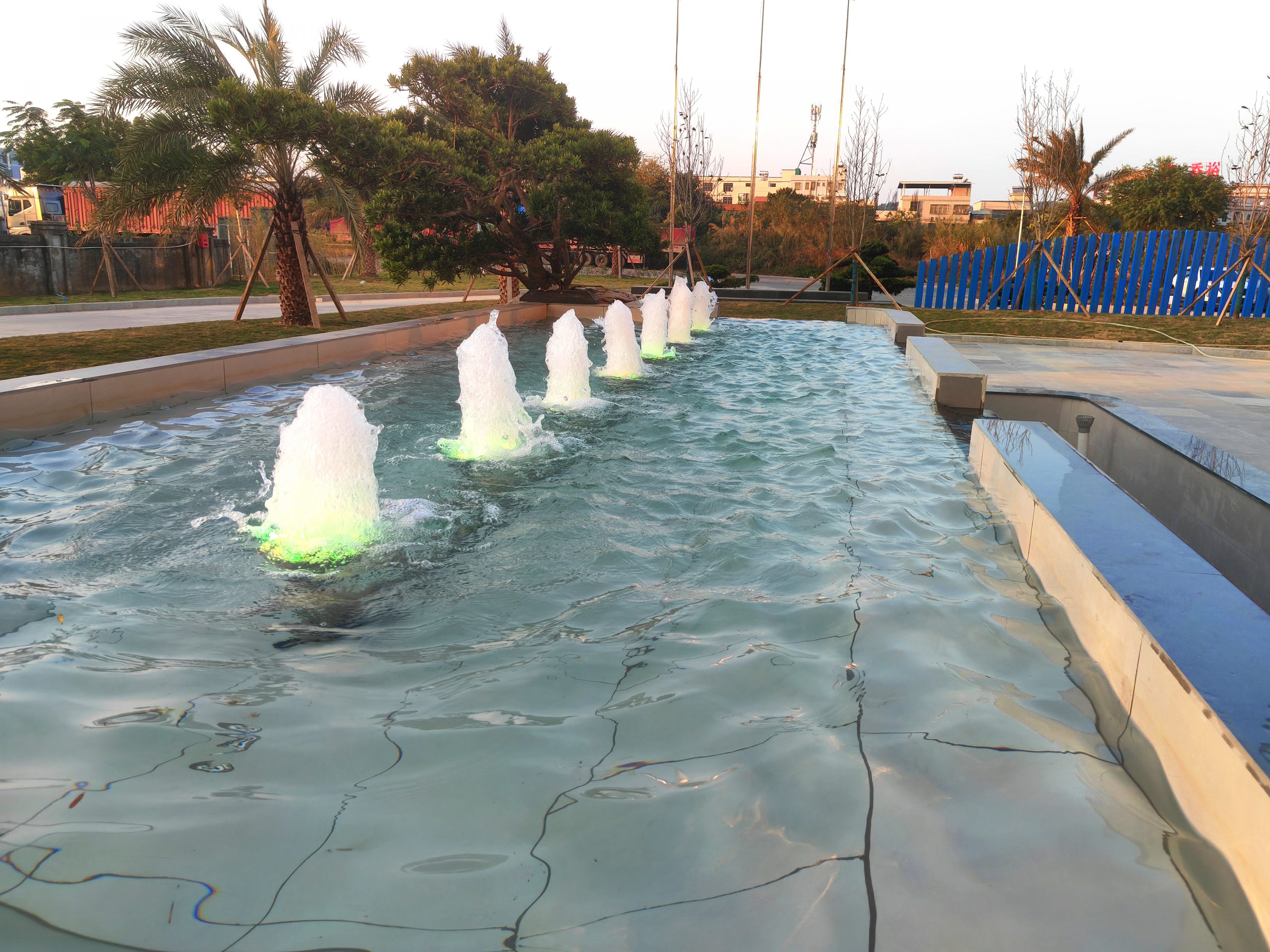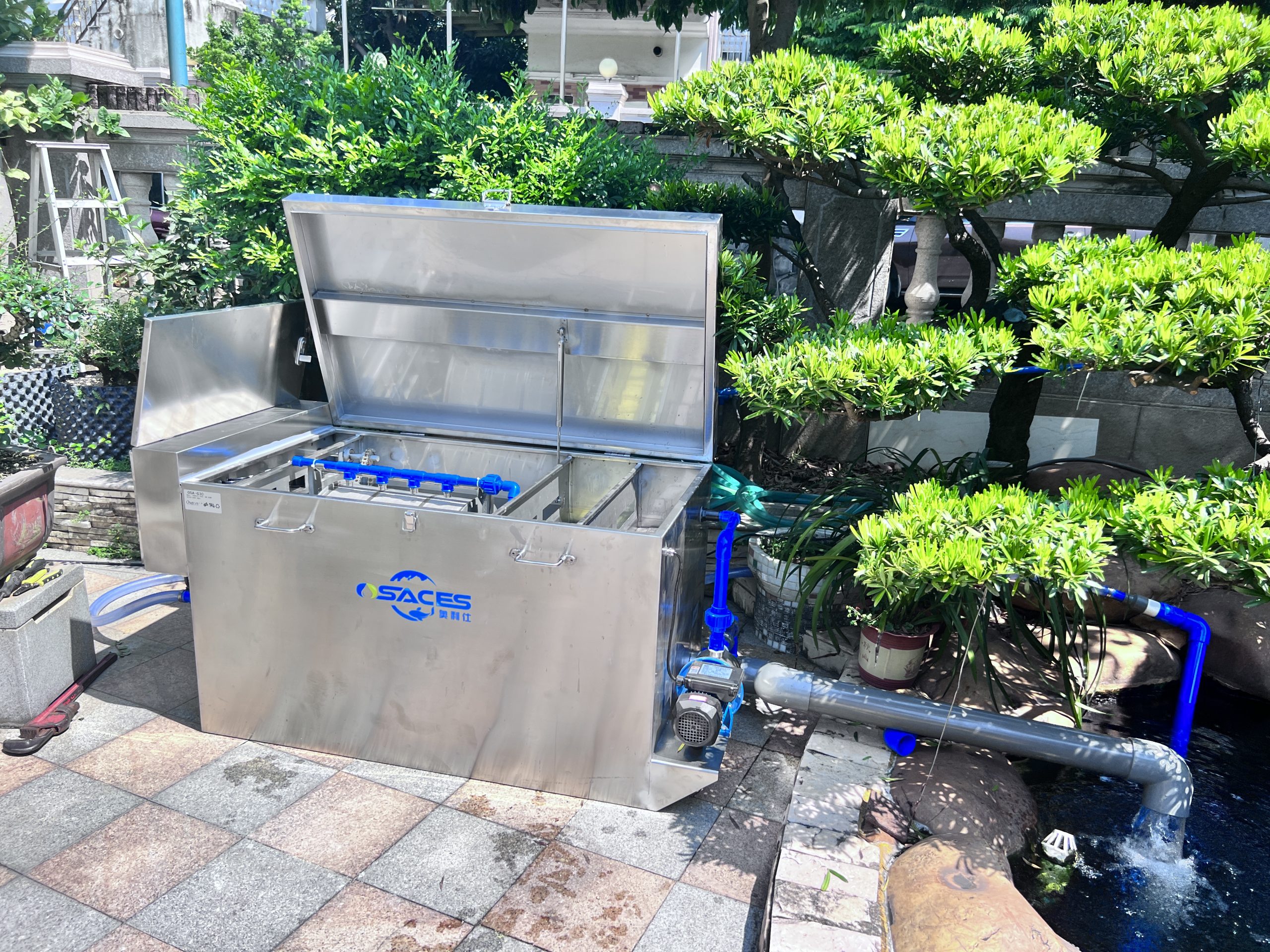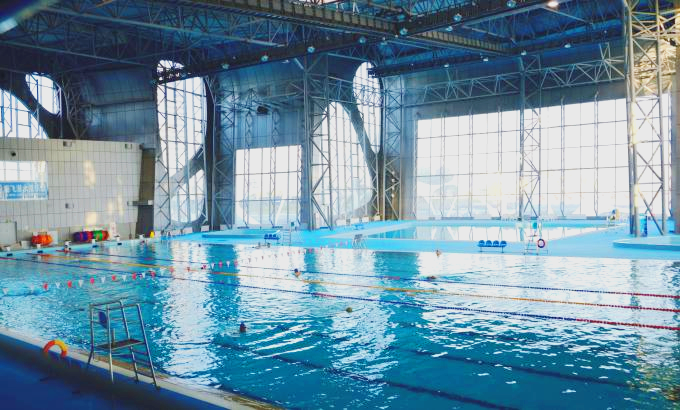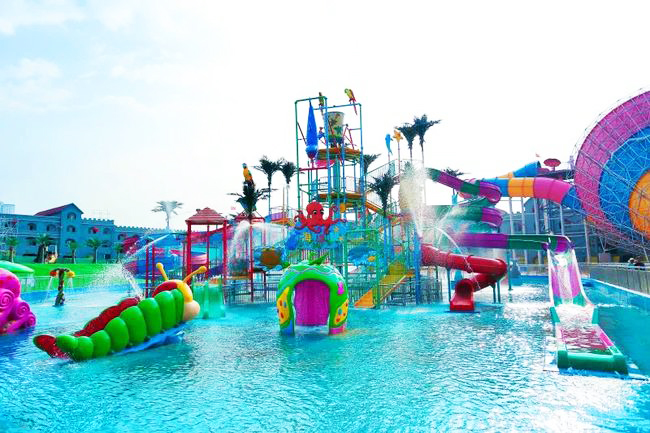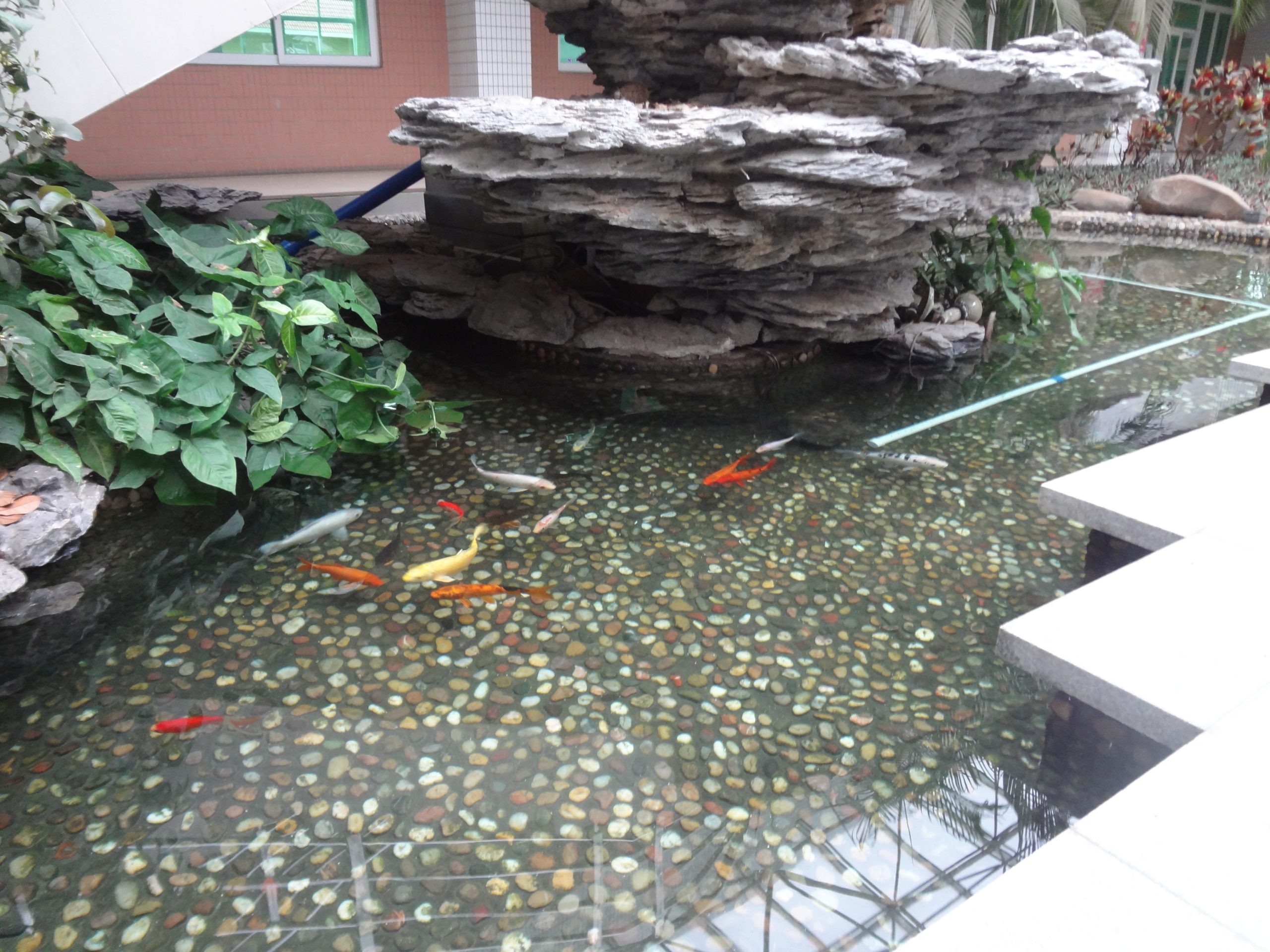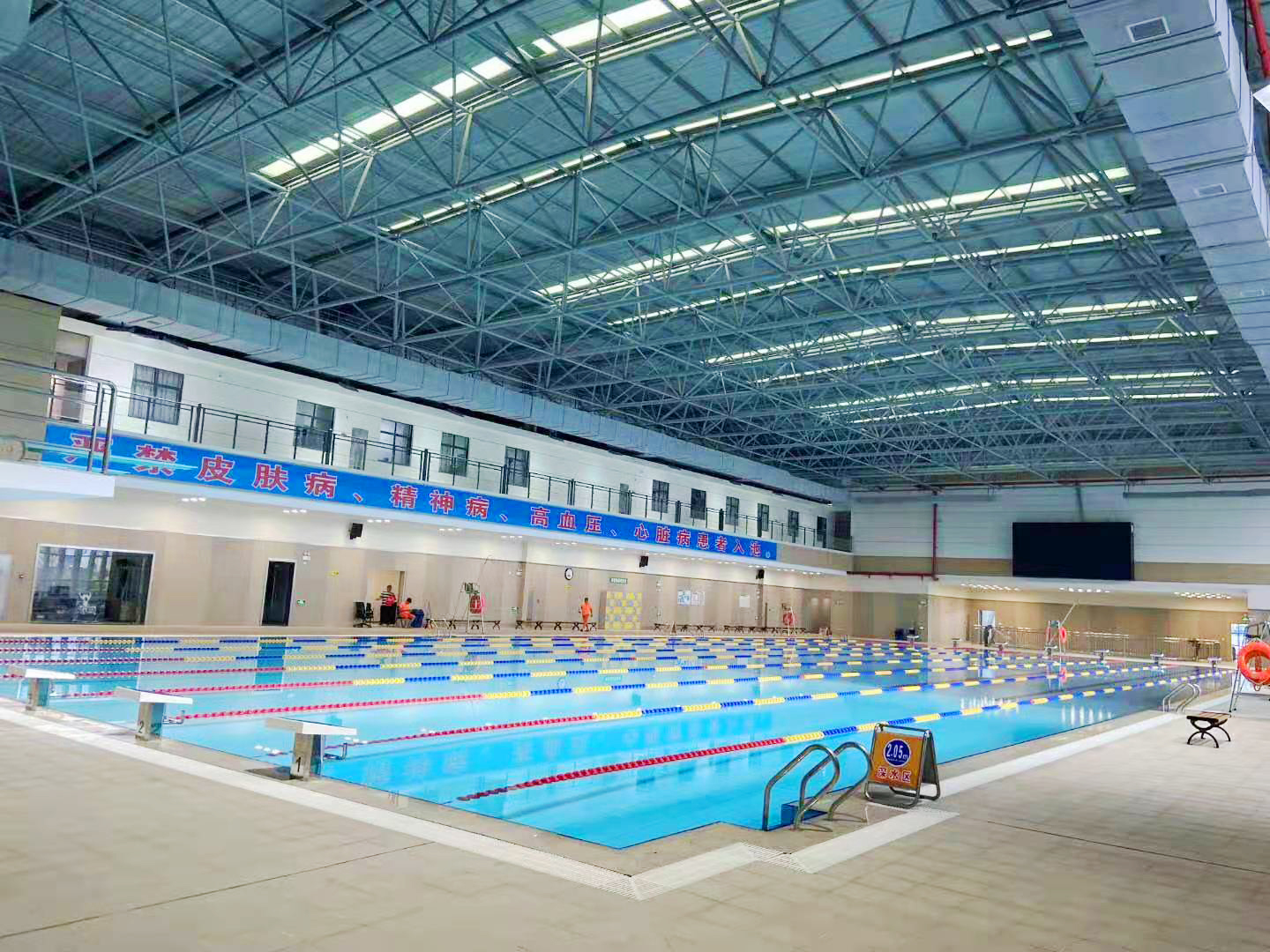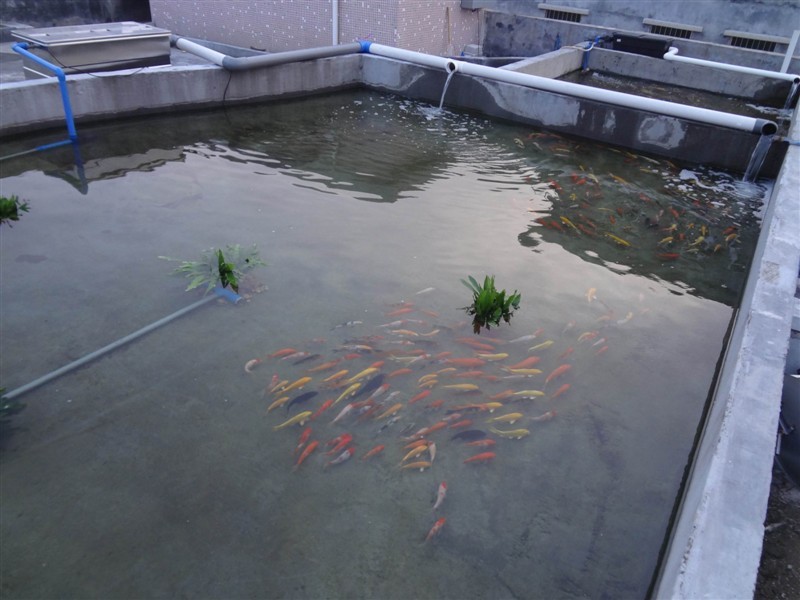common problems
contact details
 Ollies (Guangzhou) Recreation and Sports Equipment Co.
Ollies (Guangzhou) Recreation and Sports Equipment Co.Tel: (020) 82686289
Fax: 020-82694853
Headquarter: No.31-37, Xincun 2 Road, Shangjiang North Street, Dongzhou Village, Xintang Town, Zengcheng City, Guangzhou, Guangdong, China
Don't let rotting tails affect the koi's aesthetics
Koi is an ornamental fish with great ornamental value, rotten tail is a very common phenomenon in the breeding process, especially for koi with long fins and long tails, once infected with rotting tail disease, its beautiful appearance will be lost in an instant, and its ornamental value will be completely lost, and what is more serious is that the rotting tail disease will jeopardize the life of the koi. Therefore, when you find koi with rotting tail disease, you must diagnose and treat it in time.
Infection is generally caused by three situations, one is that the breeding density is too high, the fish pond filtration system is overloaded, resulting in fish excreta, residual bait, etc. in the fish pond can not be filtered in a timely manner, thus deposited in the water, triggering the breeding and propagation of germs and making the fish infected; the second is because of the failure to do a good job of disinfecting and killing pests when there are new fish in the pond, resulting in cross-infection; the third is that when the water is changed, the difference in the quality of the water, the water temperature, or the fish nervousness causes the fish to feel uncomfortable, so that the abnormal secretion of the surface mucous membrane and the edge of the fin is infected because of weakness.

Koi rotting disease occurs throughout the year, and in severe cases the entire tail fin rots off, and the diseased koi can greatly diminish their ornamental value.
1: The edges of the fins are rotted or even look like they are corroded. Usually more common in the median and caudal fins.
2: The fins are discolored. For example: white, red;
3: Not moving, lying on the tank, rubbing against the tank.
4: Retracted fins, and fins that don't fully open even when swimming.

1, you can use 1% malachite green aqueous solution applied to the place of rupture of the caudal fin, once a day for 3-5 days, and combined with the method of skin inflammation and congestion disease control.

In fact, koi rotting tail disease and koi skin inflammation and congestion disease is more or less the same, the better way to prevent this disease is to maintain the water quality, the establishment of a perfect fish pond filtration system, the water will naturally be good for the fish.
Related content
- Homeostatic regulation of fish pond water quality: a systematic solution based on nitrification kinetics and nutrient thresholds
- Koi Pond Maintenance and Protection Guide during the Rainy Season | The Veteran Driver's Handbook of Dampness and Disease Prevention
- Pool water circulation system maintenance guide, goodbye to cloudy water quality to create four seasons of translucent "liquid sapphire".
- From zero to professional: a complete guide to pool equipment configuration that even a beginner can understand
- The Golden Ratio of Swimming Pool Ventilation and Dehumidification Systems: The Balancing Act of Airflow, Humidity and Energy Consumption
- Specific benefits of dehumidifiers for new swimming pools
- Industrial solutions for fish pond water quality management: How to break through the bottleneck of traditional operation and maintenance of filtration systems?

